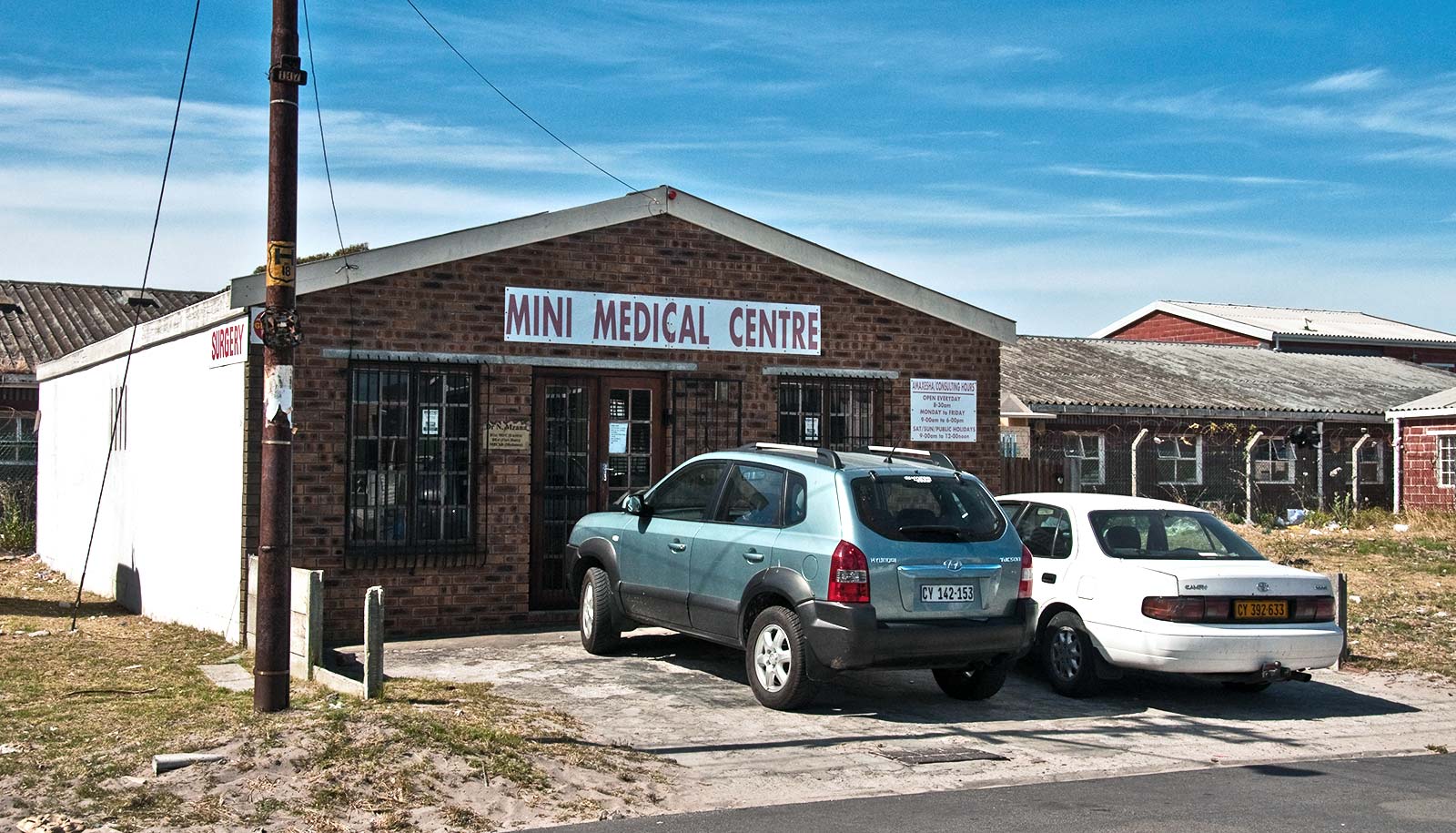Testing the Mycobacterium tuberculosis bacteria that causes tuberculosis (TB) can identify most people at high risk for disease relapse before treatment begins, according to new research.
“The most important signal of a successful treatment for TB is the relapse rate,” says David Alland, professor and chief of infectious disease in the medicine department at Rutgers University.
“Approximately five percent of patients with drug-susceptible tuberculosis, or TB that can be effectively treated, have a relapse six months after the first time they are treated. Approximately 20 percent of patients have a relapse four months after therapy,” Alland says.
Range of resistance
The research shows the current approach of dividing M. tuberculosis bacteria into “drug-susceptible” and “drug-resistant” is overly simplistic. Even among the drug susceptible group, there is a range of resistance that is critical for predicting TB treatment outcomes.
The new results, which appear in the New England Journal of Medicine, suggest that standard criteria, also called “break points,” used to define drug resistance may need an update.
“Characteristics natural to the bacteria combined with easily obtainable clinical information relating to each infected patient can be used to predict treatment outcomes,” says Roberto Colangeli, assistant professor in the medicine department. “This further suggests that the strength of a TB drug is just as important as the mechanism of action in treating TB.”
Reduced treatment times
Insights researchers gathered from the study reveal a way to identify which patients can receive treatment for TB for four months instead of six. They also identify which patients should receive treatment for more than six months to achieve a cure.
“The standard six-month, multi-drug therapy increases the risks of toxic effects, treatment non-adherence, and development of drug resistance, and it also puts a burden on health systems,” Alland says.
“Reducing treatment times, by even two months, would potentially mean dramatic savings for public health programs as well as better treatment results among people infected with TB,” he explains.
Source: Rutgers University



